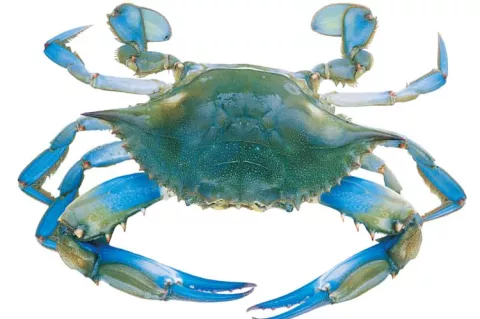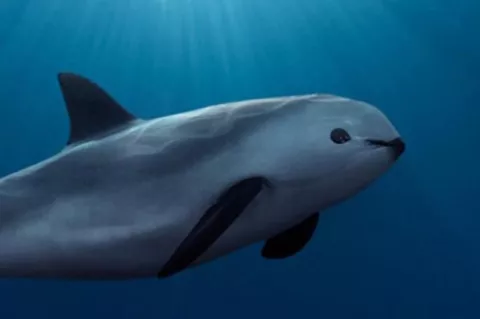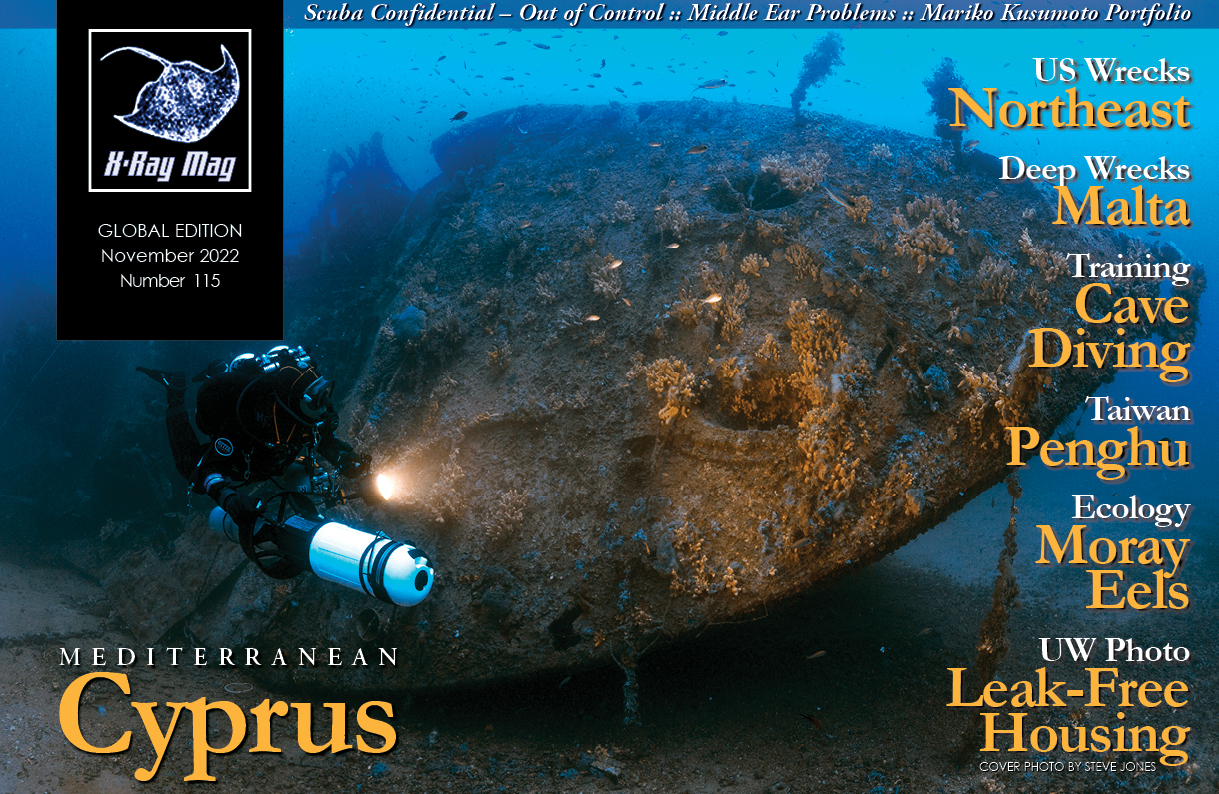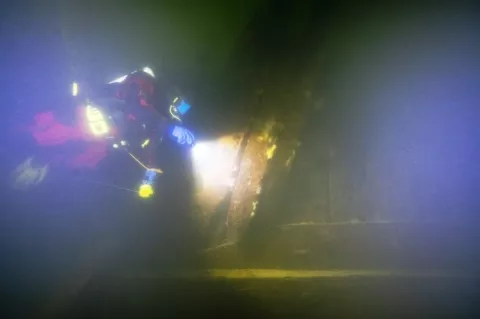Blue crabs attack at low tide
Last September, ecologist David Johnson and his colleagues were at a Virginia salt marsh at low tide. There, they observed some unexpected behaviour by an aquatic predator.
They witnessed blue crabs waiting in shallow, water-filled pits, stalking and ambushing fiddler crabs above land, at low tide.
After capturing their prey, they would carry it back to the pit to consume it, then discard the large claws of the fiddler crab at the edge of the pit.






